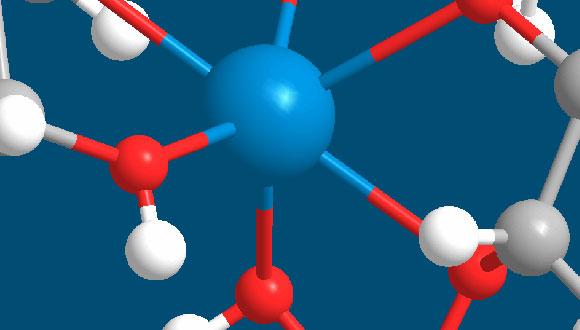Organic Chemistry Seminar: Supramolecular control over thermoresponsive polymers
Prof. Richard Hoogenboom, Gent
Abstract:
Thermoresponsive polymers facilitate the development of a wide range of applications in multiple areas spanning from construction or water management to lab-on-a-chip technologies and biomedical sciences. The combination of thermoresponsive polymers with supramolecular chemistry, inspired by the molecular mechanisms behind natural systems, is resulting in adaptive and smart materials with unprecedented properties.1
In this contribution, we will first demonstrate the utilization of thermoresponsive poly(2-oxazoline)s as basis for smart polymeric sensors.2 This first part will deal with thermoresponsive copolymers based on 2-ethyl-2-oxazoline and 2-nonyl-2-oxazoline. By shielding the hydrophobic nonyl side chains with supramolecular host-guest complexation with alpha-cyclodextrin, not only the phase transition temperature can be tuned but also large hysteresis (up to 40K) is observed.3 This hysteresis results from the formation of a meta-stable soluble state based on cyclodextrin host-guest complexation. When heating this solution above its phase transition temperature at 50 oC, the hydrophobic association of the free nonyl side chains prevents redissolution until the solution is cooled down to the original phase transition of the polymer without cyclodextrin, which is around 10 oC. Importantly, this large hysteresis window could be exploited as memory function for the thermal history of the solution. Similar thermal memory was observed for a related system based on poly(N-isopropyl acrylamide) (PNIPAM) functionalized with dialkoxynaphthalene guest units in presence of the tetracationic cyclobis(paraquat-p-phenylene) (CBPQT4+) electron poor macrocylic host.4
Secondly, a crosslinked polymer hydrogel decorated with dialkoxynaphthalene as electron-rich supramolecular guest molecules is reported to swell upon complexation with the tetracationic CBPQT4+ electron poor macrocylic host.5 Combining this hydrogel with a thermoresponsive polymer that contains a stronger binding electron rich tetrathiafulvalene host in solution allows shuttling of the macrocyclic host between the solution and the hydrogel. As such, this multicomponent supramolecular system reveals heating induced swelling of the hydrogel and cooling induced shrinkage. Finally, this system is further extended towards a responsive PNIPAM hydrogel enabling temperature control of the hydrogel swelling and contraction as well as the supramolecular complexation.6
References:
1) De la Rosa, V. R..; Woisel, P.; Hoogenboom, R. Mater. Today 2016, 19, 44.
2) Weber, C.; Hoogenboom, R.; Schubert, U. S. Prog. Polym. Sci. 2012, 37, 686.
3) De la Rosa, V. R.; Hoogenboom, R. Chem. – Eur. J. 2015, 21, 1302.
4) Sambe, L.; De la Rosa, V. R.; Belal, K.; Stoffelbach, F.; Lyskawa, J.; Delattre, F.; Bria, M.; Cooke, G.; Hoogenboom, R.; Woisel, P. Angew. Chem. Int. Ed. 2014, 53, 5044.
5) Belal, K.; Stoffelbach, F.; Lyskawa, J.; Fumagalli, M.; Hourdet, D.; Marcellan, A.; De Smet, L.; De la Rosa, V. R.; Cooke, G.; Hoogenboom, R.; Woisel, P. Angew. Chem. Int. Ed. 2016, 55, 13974.
6) Manuscript in preparation
Seminar Organizer: Dr. Roman Dobrovetsky


